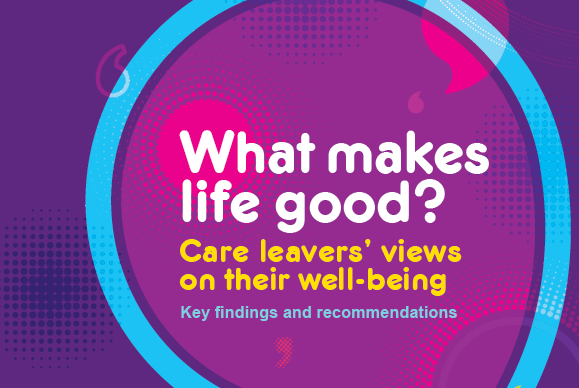Mary F. Zhang and Julie Selwyn
Child Indicators Research (2020)
In contrast to the burgeoning research on the subjective well-being (SWB) of children in the general population, the SWB of children and young people in out of home care (OHC) has received far less research and policy attention.
To ensure that policy and practice interventions can effectively improve the lives of children and young people in OHC, there is an urgent need for reliable and valid measures of their SWB. The current study begins to address this knowledge gap, providing an in-depth examination of the psychometric properties of the “Your Life, Your Care” survey. The reliability and validity of the survey questions were examined using classic test theory, item response theory, confirmatory factor analysis and logistic regression.
Analysing data from 1221 participants aged 11–18 years, we found that all the survey questions were a reliable and valid measure of SWB except for questions on feelings about family contact and bullying. More importantly, the results indicated that SWB of children and young people in OHC was a multi-dimensional construct that can be operationally defined and measured as feeling good and functioning effectively at both individual and interpersonal levels. The theoretical, methodological and practical implications of these findings are discussed.





